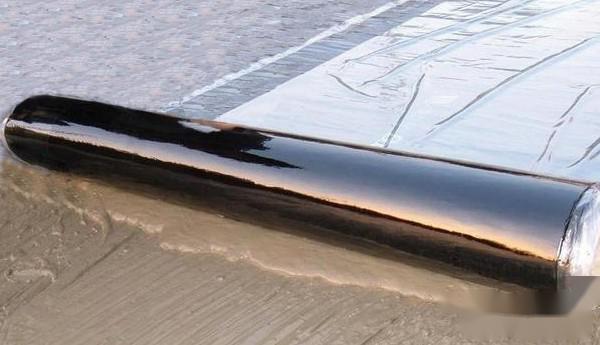1. Product Introduction
YTL-A Self-Adhesive Waterproof Membrane is made of self-adhesive rubber asphalt, PE film, aluminum foil, and isolation materials. It does not have surface covering materials (the double-sided self-adhesive construction is safe and reliable). The bottom surface or the upper surface is covered with a silicone isolation anti-adhesive material. The formula of the self-adhesive rubber asphalt is domestically developed, and multiple physical indicators outperform similar products in the industry. It is suitable for various waterproof engineering requirements. The double-sided self-adhesive membrane can be compounded with various materials to form multiple waterproof systems (execution standard: GB/T23457-2009).
2. Product Features
1. YTL-A Self-Adhesive Waterproof Membrane has stable performance in high and low temperatures.
2. The bonding performance between the membranes ensures tight and reliable overlaps, making them seamless.
3. It has a unique "self-healing" feature.
4. It has a strong bonding force to the substrate, which can limit leaks caused by membrane damage to a local area, preventing the overall failure of the waterproof layer.
5. Excellent elongation performance allows it to adapt to minor deformations or cracks in the substrate.
6. Safe and environmentally friendly, the construction process does not require solvents or fuels, avoiding environmental pollution and fire hazards, thus saving resources.
3. Application Scope
YTL-A Self-Adhesive Waterproof Membrane is suitable for underground projects in industrial and civil buildings (basements, subways, tunnels) and waterproofing for concealed works such as pools and water channels. It is also suitable for waterproofing non-exposed building roofs, especially for projects where solvents and open flames are not allowed on the construction site.
4. Construction Method
1. Substrate Treatment: The substrate should be flat, free of bumps, dust, oil stains, and cracks should be leveled with polymer cement mortar.
2. Apply Primer: Use a brush to apply primer around the substrate nodes and corners, then apply the primer by brushing or spraying. The spraying should be uniform and consistent.
3. Horizontal Application: First, snap a reference line on the substrate, then apply the membrane from low to high. While unfolding the membrane, peel off the isolation paper and lay it along the reference line. The overlap width of the membrane should be ≥50mm (full adhesion) or ≥60mm (partially adhered, point adhered, strip adhered). The thickness should be promptly compacted with a rubber roller.
4. Vertical Application: Apply the membrane on vertical surfaces from low to high while unfolding and peeling off the isolation paper. The overlap width is the same as above.
5. Edging Treatment: The edges should be sealed with sealant and then fixed with metal strips.













